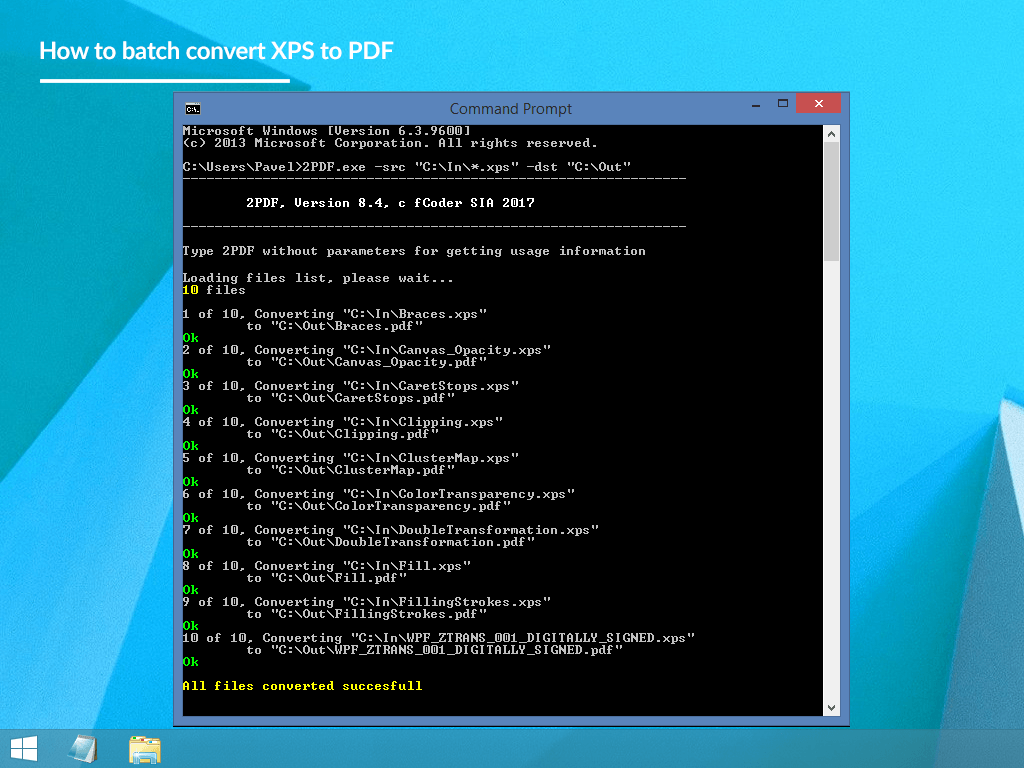
Settings remain in effect until parenthesis boundary.ĭisplay image the number of unique colors in the image. Set the maximum number of significant digits to be printed Replace each pixel with its complementary colorīy default, efficiently determine certain image characteristics. contract, correlations, etc.).Ĭolor, Configure, Delegate, Format, Magic, Module, Resource, or Typeĭisplay image moments and perceptual hash. 2) I have downloaded Freds script 'downsize', copied it to the bin folder of Cygwin, and renamed it as an exe file. Horizontal and vertical density of the imageĪnalyze image features (e.g. 1) I have downloaded Cygwin with ALL add-ons including bc. Transparent, extract, background, or shape the alpha channelĬlip along the first path from the 8BIM profileĬlip along a named path from the 8BIM profile On, activate, off, deactivate, set, opaque, copy", Click on an option to get more details about how that option works. The magick identify command recognizes these options. You can find additional examples of using magick identify in Examples of ImageMagick Usage. Here is a special define that outputs the location of the minimum or maximum pixel of the image: magick identify -precision 5 -define identify:locate=maximum -define identify:limit=3 image.png To display the convex hull and minimum bounding box attributes of the image, use: magick identify -define identify:convex-hull=true image.png Here we display the image texture features, moments, perceptual hash, and the number of unique colors in the image: $ magick identify -verbose -features 1 -moments -unique image.png The depth and dimensions of a raw image must be specified on the command line: $ magick identify -depth 8 -size 640x480 image.raw To get the print size in inches of an image at 72 DPI, use: $ magick identify -format "% by % inches" document.png Note, the image signature is generated from the pixel components, not the image metadata. Next, we look at the same image in greater detail: $ magick identify -verbose rose.jpgįormat: JPEG (Joint Photographic Experts Group JFIF format) Rose.jpg JPEG 70x46 70x46+0+0 8-bit sRGB 2.36KB 0.000u 0:00.000īy default, magick identify provides the following output:įilename image-format widthxheight page-widthxpage-height+x-offset+y-offset colorspace user-time elapsed-time The first thing you should do is bump it to ImageMagick-5.5.7-2.sh for your local test builds. it should be called ImageMagick-5.5.7-1.sh. To get started, lets identify an image in the JPEG format: $ magick identify rose.jpg release/ImageMagick Then grab the following file: ImageMagick-5.5.2 There is a script in that file that handles the packaging and building of ImageMagick for Cygwin. We list a few examples of the magick identify command here to illustrate its usefulness and ease of use.
#Cygwin imagemagick how to
See Command Line Processing for advice on how to structure your magick identify command or see below for example usages of the command. Many more attributes are available with the verbose option. The information returned includes the image number, the file name, the width and height of the image, whether the image is colormapped or not, the number of colors in the image, the number of bytes in the image, the format of the image (JPEG, PNM, etc.), and finally the number of seconds it took to read and process the image. It also reports if an image is incomplete or corrupt. So I may have missed some important commands which may help to increase the visibility.Ĭonvert -verbose -colorspace RGB -resize 800 -interlace JPEG -density 1000 -quality 5080 $file `echo $file | sed 's/\.pdf$/\.The magick identify program describes the format and characteristics of one or more image files.
#Cygwin imagemagick code
I have the following code and I tried what I have learned from the forum but I am a newbie and need to gain more experiences in order to understand and to use all of our ImageMagick commands fully. Since I am a newbie, May I ask if we could use ImageMagick to improve reading quality such as increasing density, quality, resize, ete? The only thing that visible to human eye is the headline of the article which is in big print compared to the body text of the article.Tthe body of the article is blurry. I have n 1960 or 1970 newspaper articles in pdf, and as we could imagine those 60's and 70's newspapers articles are not in good quality. Another, more likely option here would probably be that you are resizing the images which will probably be done with bicubic resizing. Since the exact same compression scheme might yield different results depending how good the compressing code is this can happen. However, I would like to ask one more help if you would not mind. Well, this can happen if convert compresses worse than the input files.

I was able to make it work on window command and cygwin bash. ImageMagick is great and I learn to appreciate it a lot. Thank you so much Sir for all of your helps.


 0 kommentar(er)
0 kommentar(er)
